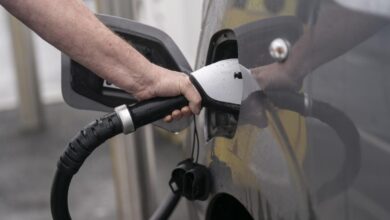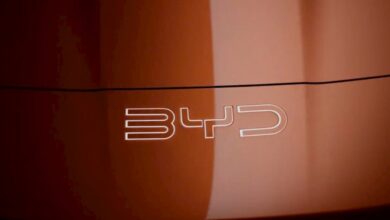Advertisement feature: Avoid a Shock

Advertisement feature from PIB Risk Management
Russell Hatton, PIB Risk Management, looks at some of the key risks of EV charging and the controls you may need to put in place to control them.
Damage to charging equipment or cables can lead to:
Electrical risks – an electric current passing through the body can cause muscle spasms strong enough to break bones as well as causing burns, both internal and external. Electric shock can prevent you from breathing or stop your heart beating properly. Other risks include fires caused by sparks or overheating equipment.
Fire – while fires involving electric vehicles are rare, they can be larger and harder to extinguish than fires involving traditional vehicles. The risk includes fires starting from the vehicle or charging equipment and fires starting elsewhere spreading to include electric vehicles and charging points.
Charging cables can create a trip hazard if they are routed across areas used by pedestrians, or may be damaged either deliberately by vandals or accidentally.
So what can you do to manage the risks?
Ensure that charging facilities are installed and maintained by competent persons. Regulations* require that electrical systems are constructed and maintained to prevent danger.
Outdoor electric vehicle charge points an annual inspection is usually recommended, however you should check the manufacturer’s instructions. Your insurance provider should be able to arrange these inspections.
- Ensuring that your charging facility has either a manual or automatic isolation switch to enable the power supply to be safely cut off in an emergency.
- Increasing the distance between parked vehicles, both to minimise the risk of collision and the risk of fire spread.
- Positioning charge points to minimise the risk of collision and providing suitable crash protection, this could include, barriers, bollards, raised kerbs etc.
- Positioning charge points so the charging cable can be easily attached with the minimum length of cable and so that cables do not lay across circulations routes.
- Providing security systems such as CCTV monitoring to deter deliberate damage.
- Where the charging cable is tethered to the charge point, making it easy for users to put the cable back in its proper resting place when charging is completed.
- Positioning charge points where they can be easily accessed by the emergency services without blocking exits.
- Ensuring that charging bays are clearly identified with suitable instructions provided and relevant notices indicating which vehicles they are suitable for.
- Ensuring that flammable or combustible materials are kept away from charging bays.
- Making sure that your team know what to do and what they should not do in an emergency, this could include treating all exposed cables as if they were energised at high voltage, not spraying water on cables or other electrical equipment.
Additional controls may also be required where charging points are provided in an enclosed area such as a workshop or underground car park, and include:
- Providing fire rated separation between charging bays.
- Providing automatic fire detection and alarm systems.
- Providing automatic water suppression systems such as sprinklers. In some circumstances it may also be appropriate to provide manual fire fighting resources such as electric vehicle fire blankets.
- Providing an enhanced smoke ventilation system.
All employers have legal duties to put in place arrangements to control risks to the health and safety of their employees and others who may be affected by their undertakings. It’s vital to carry out fire risk assessments for your premises.
*https://www.legislation.gov.uk/uksi/1989/635



